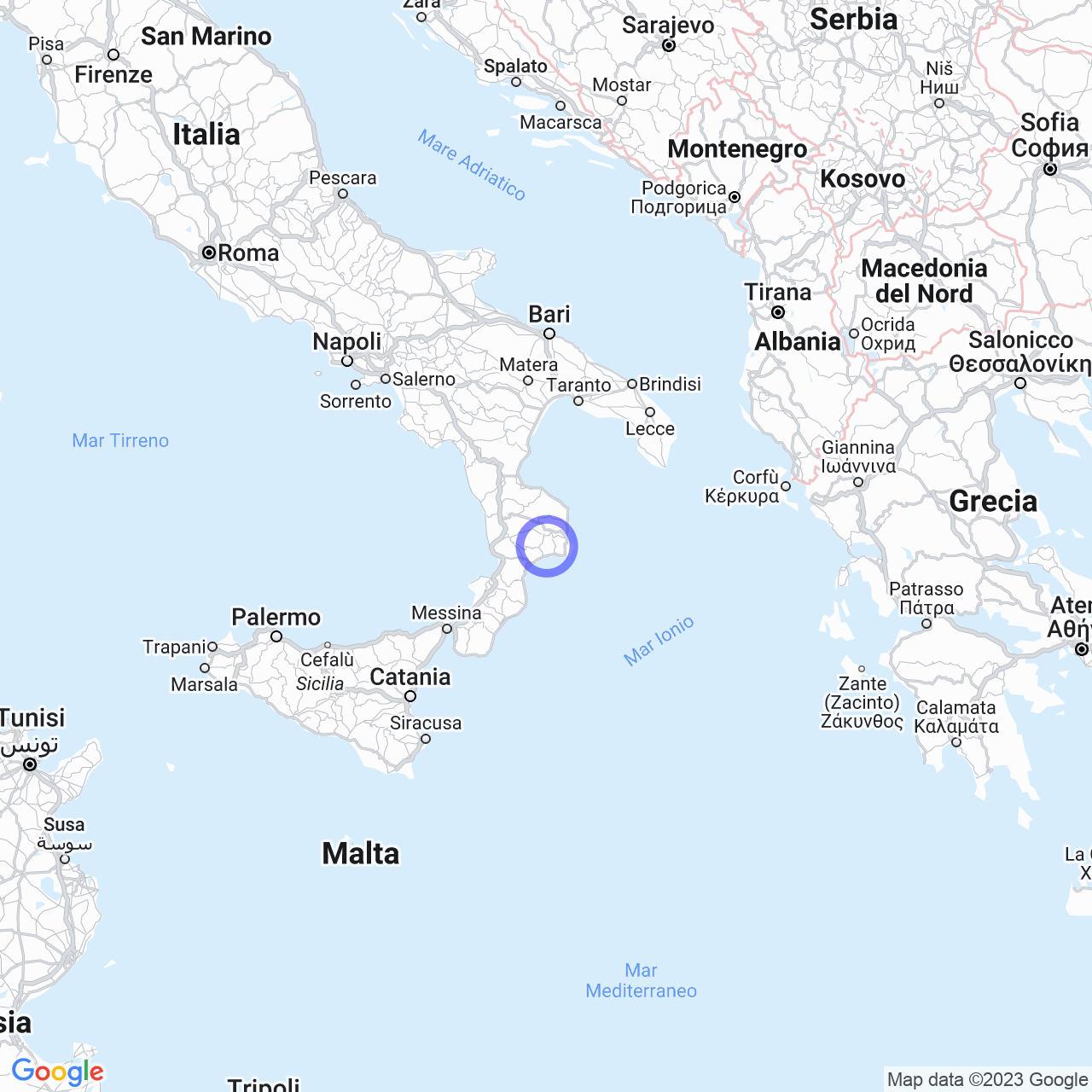Marcedusa
The Province of Catanzaro: A Place of Natural Beauty and Millennial History
Introduction
Hello everyone! Today I'll talk about the Province of Catanzaro, one of the provinces of Calabria, whose capital is the city of Catanzaro. With a population of over 340,000 inhabitants, this province is characterized by borders that separate it from the Tyrrhenian Sea (to the west), from the province of Cosenza (to the north), from the province of Crotone (to the northeast), from the Ionian Sea (to the east), from the province of Reggio Calabria (to the south), and from the province of Vibo Valentia (to the southwest).
Physical Geography

Territory
The territory of the Province of Catanzaro extends over an area of 2,391 km², representing 15.9% of the Calabrian territory. It is located in the central part of Calabria, bordered to the west by the Tyrrhenian Sea, to the north by the Sila, to the east by the Ionian Sea, and to the south by the Calabrian Serre. One of the most interesting features of the province is the Isthmus of Catanzaro, a narrow valley of about 30 km that connects the two Gulfs of Squillace and Sant'Eufemia, representing the narrowest point in the entire Italian peninsula. On clear days, from the Province of Catanzaro you can admire at the same time the Tyrrhenian Sea, the Ionian Sea, the Aeolian Islands, and even the summit of Mount Etna.
Hydrography
Among the main waterways of the Province of Catanzaro we find the Alli River, which crosses the Sila Piccola for a total of 46 km, the Corace River that winds for 48 km in the Sila Piccola, the Savuto River that extends for 48 km always in the Sila Piccola, and many others. Among the important water basins, we find the Ampollino Lake, located in the Sila Piccola, which has a flow of 68 million square meters, and the Passante Lake, also in the Sila Piccola, with a flow of 38 million square meters.
History
The history of the Province of Catanzaro roots its origins in ancient times when the land was inhabited by the Vituli, a population that worshipped the calf's simulacrum. Over the centuries, the territory of the province experienced the Roman Empire and the Byzantine period, before becoming part of the Norman Kingdom of Sicily in the 12th century. In the 14th century, the area was conquered by the Aragonese and later passed to the Bourbons. In the 19th century, the Calabria Ulteriore Seconda, which included the Province of Catanzaro, was annexed to the Kingdom of the Two Sicilies.
During the 19th century, Calabria experienced moments of great turmoil, with rebellious movements and social conflicts. The Province of Catanzaro was at the center of these tumultuous events, which culminated in the unification of Italy in 1861. In the 20th century, the province saw mass emigration to the Americas and Europe, an event that still has a strong impact on the local socio-economic reality.
Culture
With a millenary history behind, the Province of Catanzaro can boast numerous testimonies of great cultural value. Among the places of greatest interest we find the Archaeological Park of Scolacium, located in the homonymous hamlet of Borgia, an important city of Magna Graecia. The park, which extends over 47 hectares, preserves important archaeological remains dating back to the Roman and medieval periods, such as the theater, the forum, the walls and the baths.
Another place of great importance is the Norman-Swabian Castle of Catanzaro, an imposing building that dominates the city from the hill on which it is located. Initially built by the Normans, it was expanded by the Swabians and then became the residence of local nobles. Today the castle often hosts cultural events and art exhibitions.
The Province of Catanzaro also has a strong enogastronomic tradition, with a cuisine that merges Greek-Roman, Arab and Norman influences. Among the most famous traditional dishes we find nduja, a spicy pork sausage, pajata, fileja, sardella, pane cunzato, and many others.
Conclusions
The Province of Catanzaro is a place of natural beauty and millennial history. Hidden in its mountains, seas, and culture are treasures of inestimable value that deserve to be discovered and appreciated. If you have the opportunity to visit this wonderful province, don't hesitate to do so! You will discover a territory rich in surprises and charm, to which you will surely remain attached forever.
